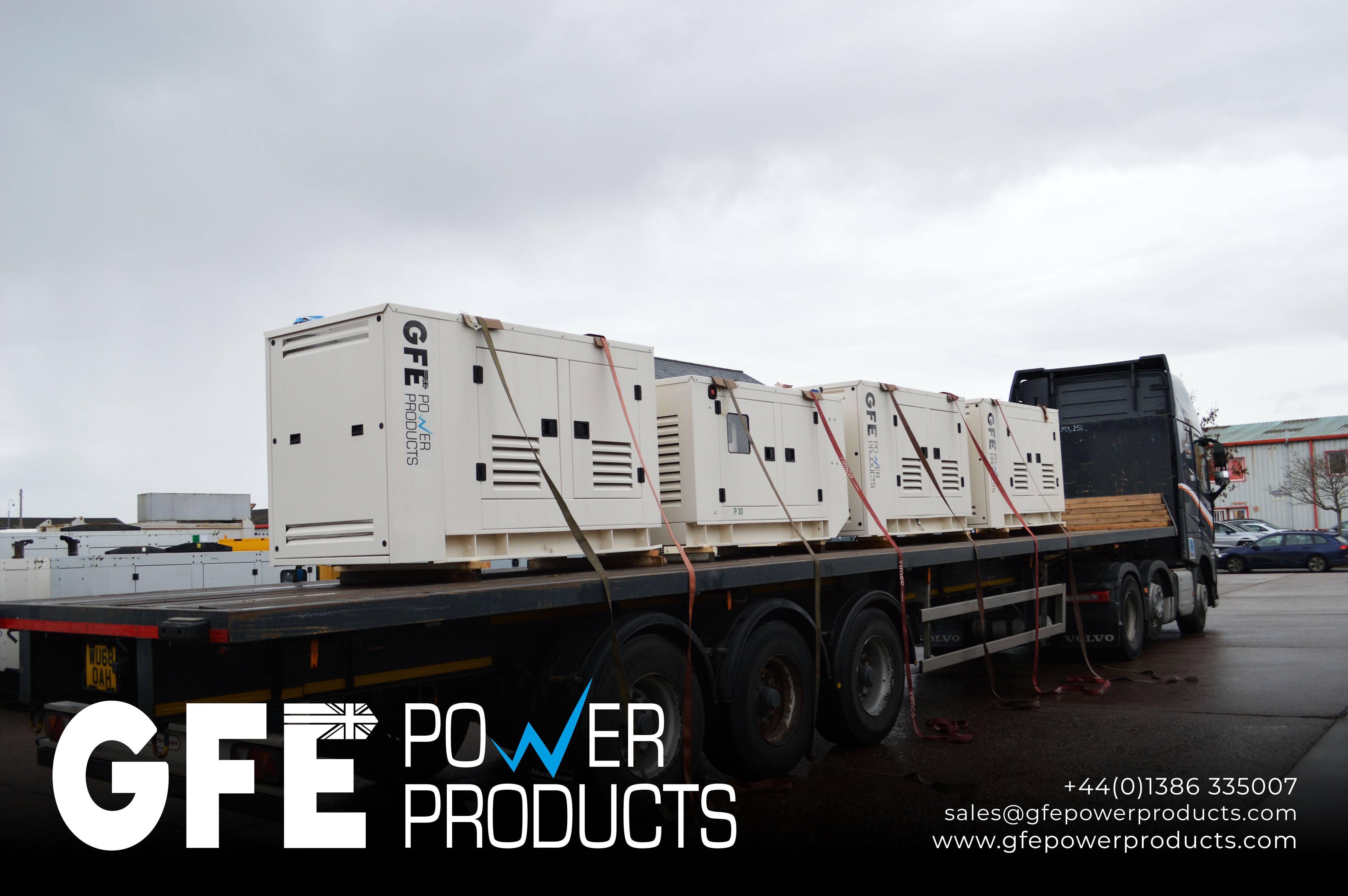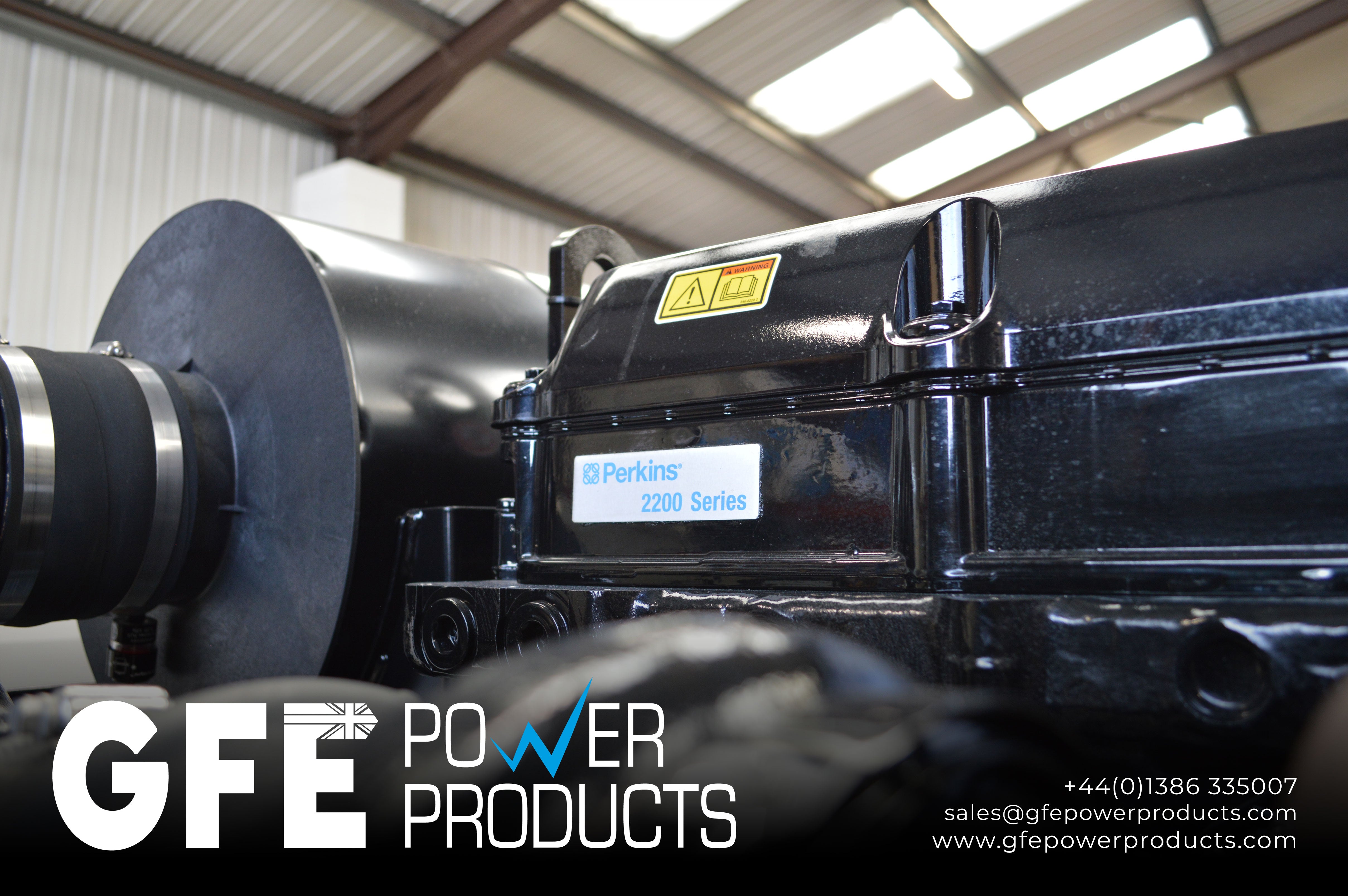
Resistive and Reactive Load Bank Testing
Most generator manufacturers include load testing as a standard step in the production process. However, challenges may arise during shipping, installation, and installation design, potentially causing unforeseen machinery issues. To ensure a generator functions reliably when utility power is lost, it is advisable to conduct load testing.
When testing an emergency generator configuration, the engine, alternator, and generator control systems undergo thorough examination.
Load bank testers offer a practical alternative to facility loads. These devices generate an electrical load for the generator, representing a crucial step in its testing. There are two primary styles of load bank testing systems: resistive and reactive.
What Is Resistive Load Bank Testing?
Resistive Load Bank Testing is the more prevalent type. It relies on high-power resistors, often configured in a grid, to convert electrical energy into heat. This simulates various loads such as lighting, incandescent light bulbs, and heating elements like space heaters or hot plates. The resistive load bank tester connects directly to the generator output, and the operator incrementally increases the load until the prime mover reaches capacity. Tested generator systems include enclosure louvers, engine fuel system functionality under full load, engine cooling system performance under actual load, and the adequacy of the engine air intake system.
What Is Reactive Load Bank Testing?
Reactive Load Bank Testing, on the other hand, assesses the engine generator at its rated power factor. Power factor indicates how efficiently the current is converted into useful work output, offering insights into the load's impact on generator efficiency.
Commonly used constructions for reactive load bank testers include:
Resistor: Resistors are connected in banks and energized to simulate a linear load.
Inductive: This tester incorporates an iron core reactive element to create a lagging power factor load, useful for loads like lighting, heating, motors, and transformers.
Capacitive: This tester utilises a capacitor bank to induce a leading power factor, simulating electronic or non-linear loads typical of the telecommunications, computer, or UPS industry.
Electronic Load Bank: These fully programmable testers, with air or water cooling, simulate solid-state loads and provide constant power for precision testing, making them suitable for various applications in the industry.
Here at GFE Power Products we have the perfect generator for you. Our generators are all load tested prior to despatch to give you peace of mind. Check out our comprehensive range of diesel generators and find the perfect generator for your business.
Phone: +44 (0)1386 335007
Email: sales@gfepowerproducts.com



